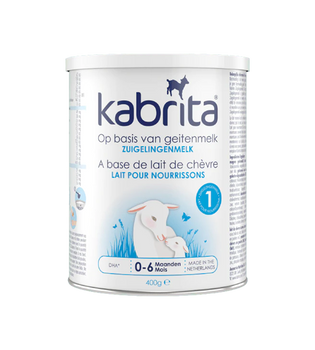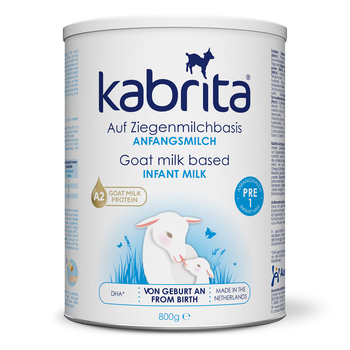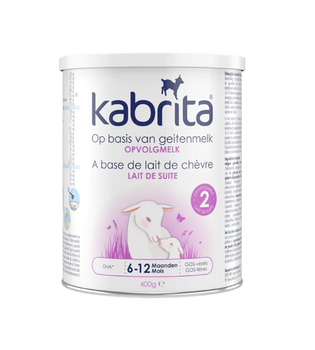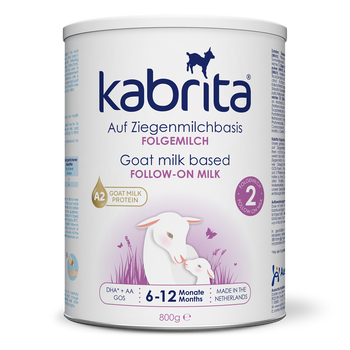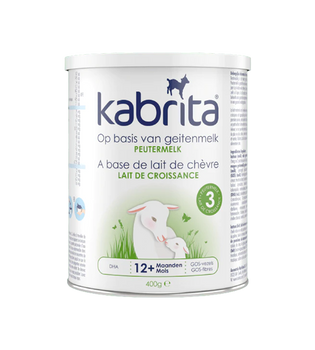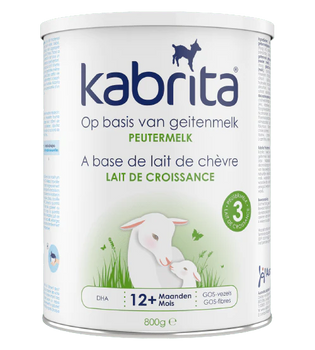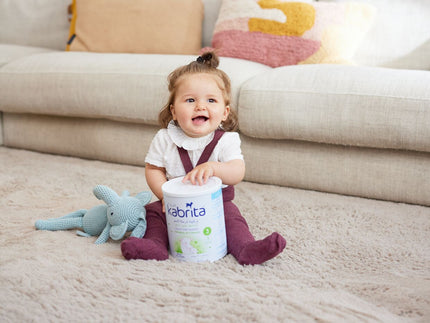Switching to formula feeding

When should I switch to formula feeding?
This is entirely up to you. As a mother you know what is best for your baby and if that means that you want to switch after 6, 7, 8 or even 12 months, then that is your decision to make. There isn’t an ideal time to make the switch, so you can do it whenever you feel ready for it. And remember, you don’t have to switch completely at once, you can do it gradually over time.
How should I start with formula feeding?
There is no one right way to start with formula feeding. Some babies will just go with the flow and, if they're hungry, take whatever you give them. Others may refuse a bottle the first few times when it's offered.
It is recommended to make the switch gradually. Don’t switch completely at once, but start with one fixed feeding a day. If your baby accepts this feeding and is used to it (for instance after a week) then you can change a second feeding and so on. This will allow your baby to grow accustomed to this new way of feeding and will also your body to adapt and gradually decrease your milk supply.
Will I notice changes after switching to formula feeding?
During the transition you might notice that your baby starts to refuse the breast and prefers the bottle instead. This is a consequence of a bottle’s quick delivery system that is preferred some enthusiastic eaters. You might also notice that your baby's can last a little bit longer after a bottle of formula. Because babies don't digest formula as quickly as they digest breast milk, they are likely to feel full and satisfied for a longer period of time.
Switching from breast milk to formula can also influence the color, frequency and consistency of your baby's stools. Compared to when your baby was only drinking breast milk, they will likely become firmer, have a stronger odor, be tan or brown in color and probably be less frequent. This is perfectly normal and nothing to worry about. However, you should talk to your doctor if your baby is having trouble pooping or if her vomit or stool contains spots of blood after introducing formula (this might be a sign of an allergy).
Tips and tricks
It is very common for babies to refuse formula initially, so don’t be worried if this happens. Allow your little one to get used to this new way of feeding and accept that it might take a few times to get your baby to drink formula from a bottle. Here are some tips and tricks that might help ease the process:
- Start when your baby is actually hungry
You might also try giving the bottle when your baby is hungry rather than at a feeding when she might be nursing as much for comfort as for nourishment.
- Practice with a bottle of pumped breast milk
If your baby is used to taking a bottle of breast milk, the transition to formula feeding may be a bit easier. Practice with your baby by feeding her a bottle of pumped breast milk and allow her to grow accustomed to a bottle and teat.
- Let your partner offer the first few bottles
Your baby is used to getting fed by your breast, instead of a bottle. To make the transition to formula feeding smoother, you could let your partner (or a friend) offer the first few bottles. This will prevent your smell from distracting your baby from feeding.
- Mix formula with pumped breast milk
If your baby refuses the formula then you can try to mix it with some of your pumped breast milk. This will create a more familiar smell and taste and might help your baby to accept this new formula feeding.
More information about Kabrita
Kabrita formulas and products are available to consumers around the world.
Get in touch with our team in the USA and Canada.
